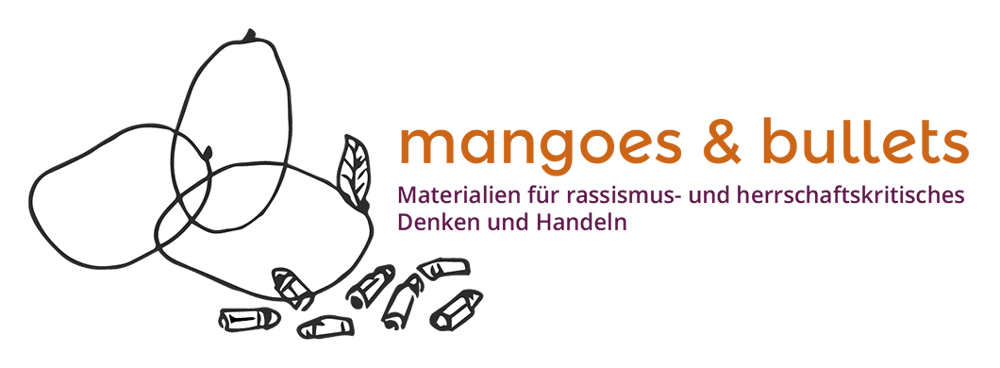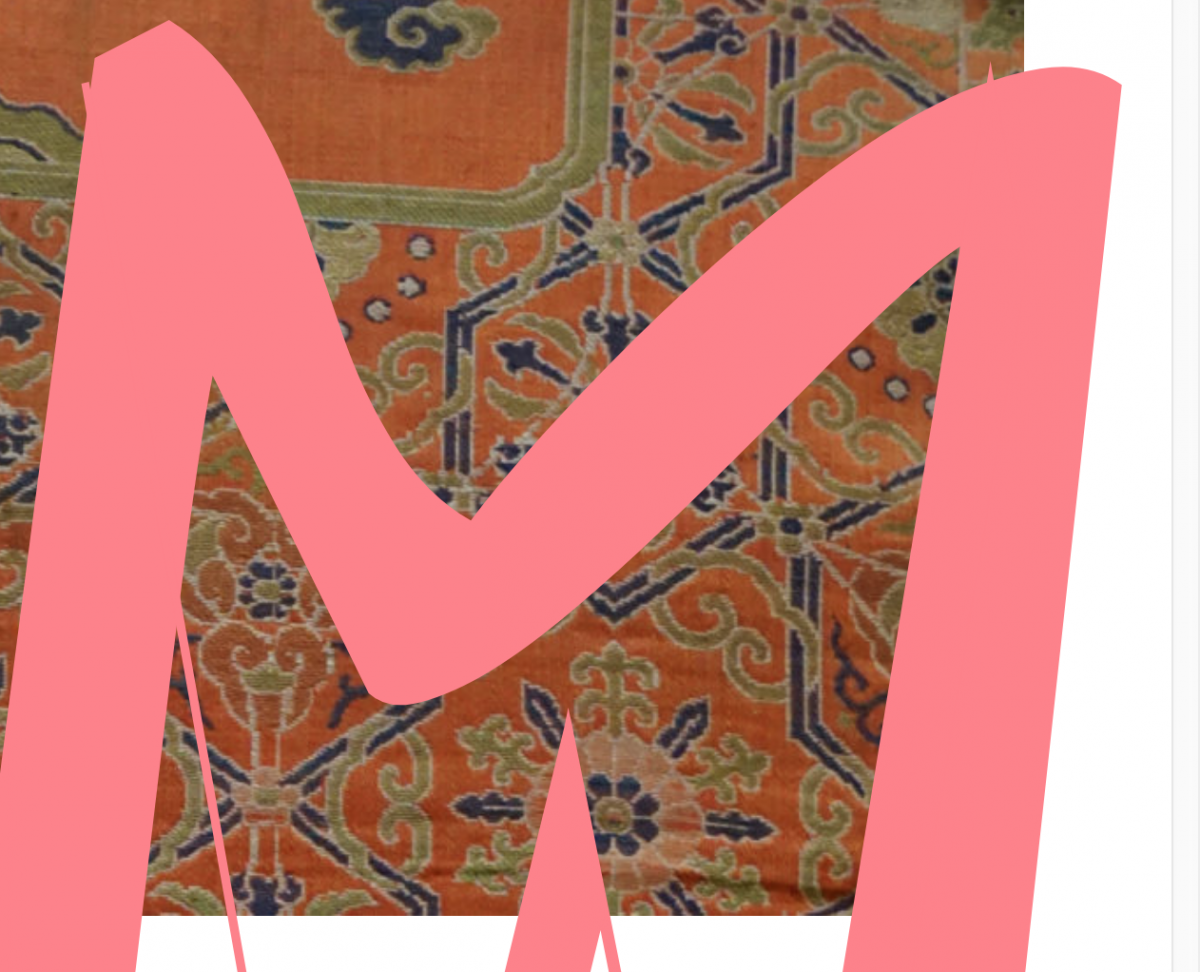Japanese and US-American rhythm machines of the 50s and 60s, products of the so-called “China trade” or the colonial phantasm of a railroad line between Hamburg and Baghdad – these are only three examples of discourses, things and narratives that the “Museum of our Transcultural Present” gathers in an exhibition and tries to relate to each other.
The curators write about their approach on the project website:
“The exhibition “Mobile Worlds” draws its inspiration from the collection of the Museum für Kunst und Gewerbe Hamburg. This collection, in turn, is inspired by the great world exhibitions of the 19th century in London, Paris and Vienna. Now the world of the 19th century is passé and with it the central position that the West long claimed for itself. (…)
Our exhibits come from a transcultural in-between realm that owes its existence to the exchange relations between North and South, East and West. (Which, again, is not to say that things have no meaning at all – only that their meanings are fluid).
“Mobile Worlds” elevates this indeterminacy to method: our exhibition is not based on a central thesis, a subject, or a coherent narrative. Rather, she traces the formal affinities and historical relationships between things in a way that is part exploratory, part speculative, part digressive, and part precise.”
The exhibits on display highlight the mechanisms of exclusion and hierarchical “order” that have shaped the global world order and individual realities for centuries:
For example, Denise Bertschi ‘s (video) installation “Helvécia” deals with the mechanisms and consequences of enslavement and deportation using the example of the Swiss-German colonized settlement of the same name in northeastern Brazil. While Tina Gverovic ‘s “Diamond Cuts” uses iron bars, printed silk sheets, and audio recordings to tell fragile stories of migration, repersssion, and the endless life in camps. Adnan Softić deals with a similar growing up, namely on a floating refugee shelter in the middle of 1990s Hamburg, in his (auto-biographical) work “Ships with goods and fabrics from all over the world bump the Bibby Challenge with their waves.”
The exhibition in Hamburg’s “Museum für Kunst und Gewerbe” can be seen between April 13 – October 14, further information on thematic approaches and exhibits can be found here.

